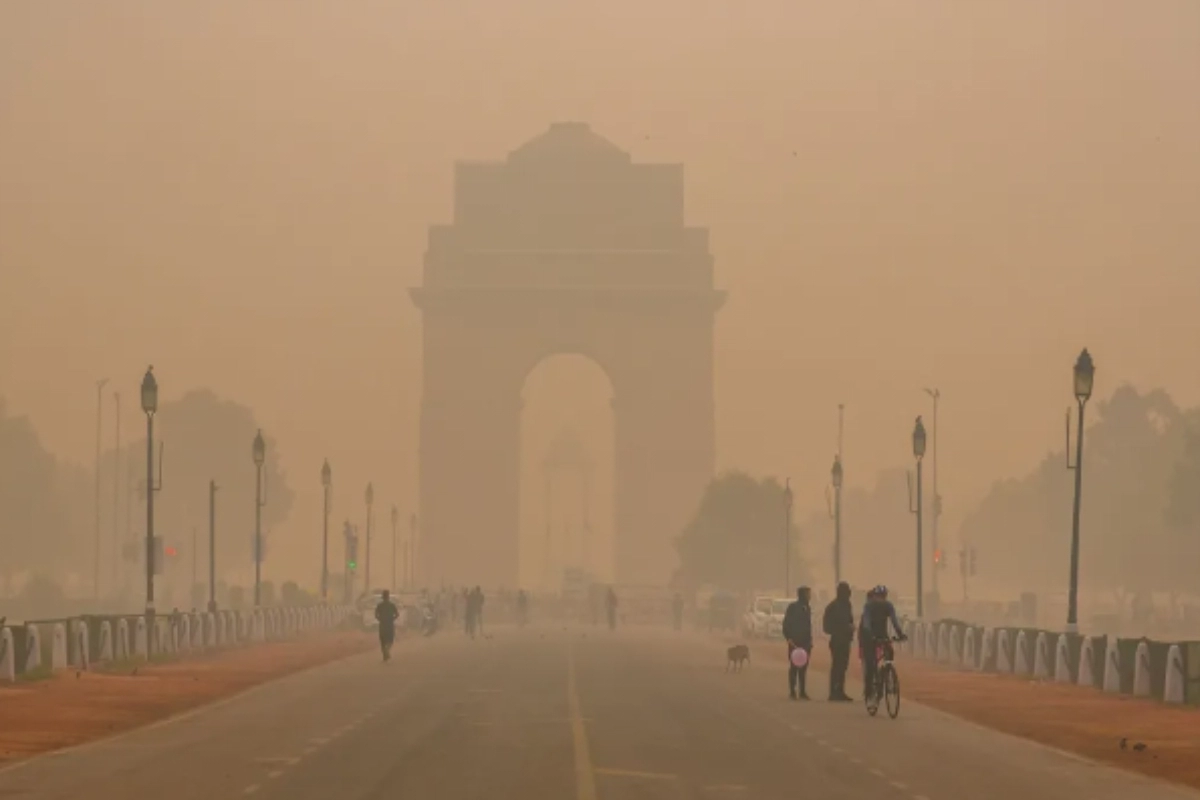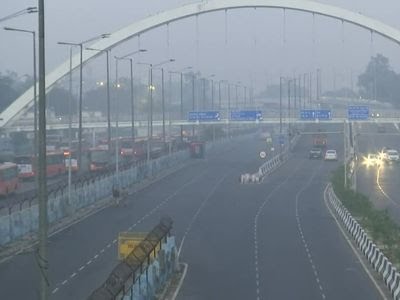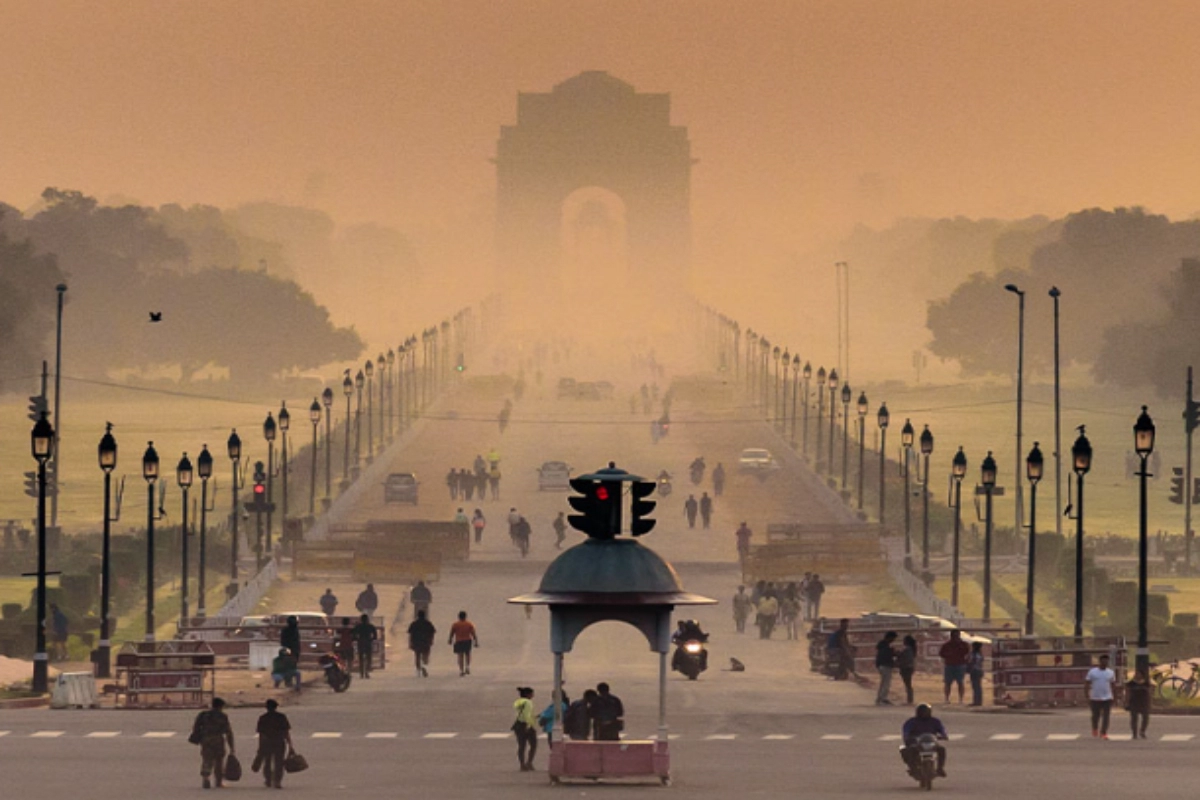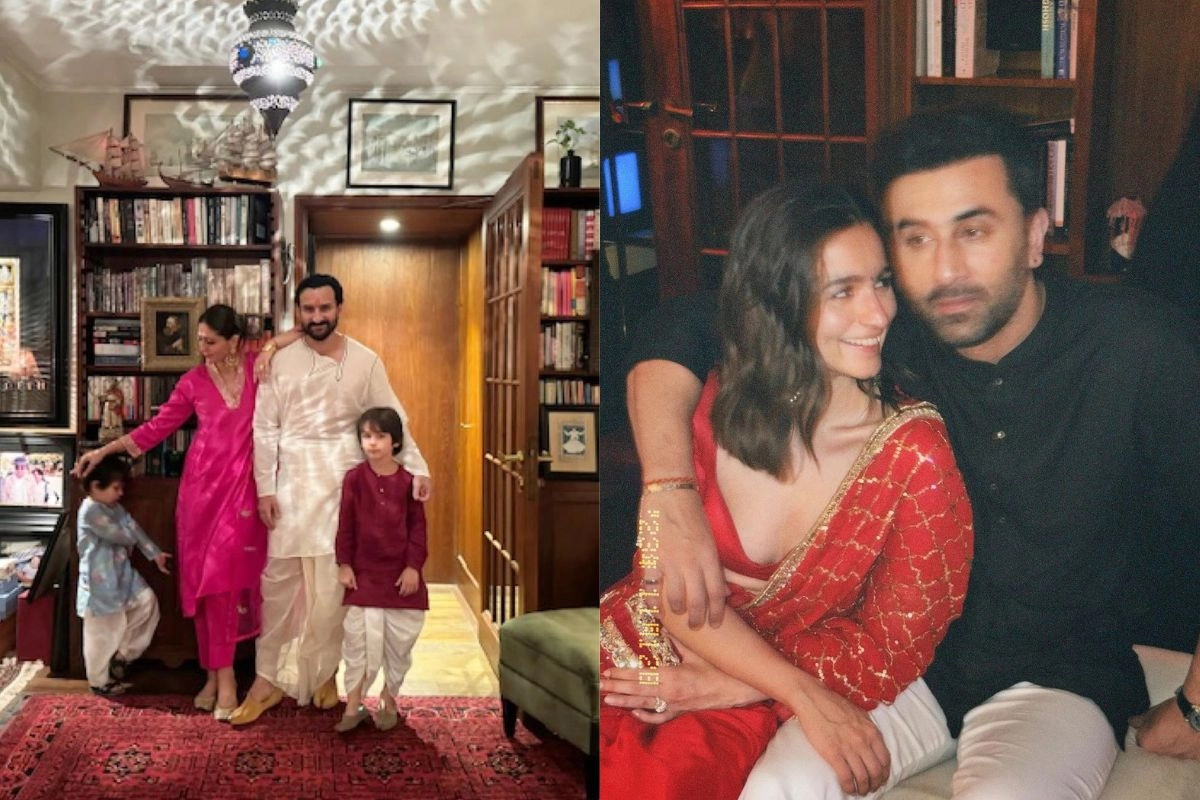Delhi Pollution: A day after Diwali, the air quality in Delhi and the neighbouring cities reached dangerous levels due to massive violations of the firecracker ban around the National Capital Region (NCR) on Sunday, which raised concerns about pollution.
Real-time Monitoring Reveals Alarming Figures
This morning, the majority of real-time air monitoring platforms reported an air quality index (AQI) of 500 or above, with some locations recording as high as 900. Around six in the morning, aqi.in reports that Jawaharlal Nehru Stadium registered an AQI of 910, Lajpat Nagar 959, and Karol Bagh 779. Most locations had an average AQI of about 300, according to data from the Central Pollution Control Board (CPCB). In the majority of locations during the day, including Rohini, ITO, and the Delhi airport area, the PM2.5 and PM10 pollution levels above 500.
Understanding the Air Quality Index (AQI) Scale
An indicator used to quantify air pollution is the air quality index. An AQI of 0–50 is regarded as “good,” 51–100 as “satisfactory,” 101–200 as “moderate,” 201–300 as “poor,” 301–400 as “very poor,” 401–450 as “severe,” and 450 and above as “severe plus.” Yesterday, people in Delhi, Noida, Gurugram, and other NCR cities set off firecrackers. Images shared on social media showed people assembling in the neighborhood’s parks to pop crackers. Numerous others questioned the Supreme Court’s order and the government’s inability to enforce it.
Supreme Court Extends Barium-Containing Firecracker Restriction Beyond Delhi-NCR
Last Monday, the Supreme Court made it clear that the ban on barium-containing firecrackers applies to all states, not only the Delhi-NCR area. The court stated in September that public health is a top priority and declined to intervene in the Delhi government’s ban on firecrackers. Firecrackers, according to environmentalist Bhavreen Kandhari, were set off in Defence Colony as well, but no action was taken after complaints were made to the local police station. “The smoke from the firecrackers blew away the Supreme Court’s strict stance on fireworks. “The implementing authorities have once again failed, despite warnings and a complete ban,” she stated to PTI.
Bright Skies Bless Delhi with Best Air Quality in Eight Years
With bright sky and lots of sunshine, Delhi saw its greatest Diwali day air quality in eight years yesterday. Just in time for the festival of lights, rainfall last week brought about a minor improvement in the AQI, which registered at 218 at 4 pm, the best in at least three weeks. According to data from the Central Pollution Control Board, Delhi had an AQI of 312 on Diwali last year, 382 in 2021, 414 in 2020, 337 in 2019, 281 in 2018, 319 in 2017, and 431 in 2016.
Delhi’s Alarming Haze and Sky-High Pollution Levels
Since October 28, Delhi, one of the capital cities with the worst air quality in the world, has been covered in a thick layer of haze with extremely high pollution levels. Due to pollution, the government was forced to close schools and outlaw diesel trucks, but it refrained from implementing the odd-even rule. Late last week, a western disturbance delivered rain to areas of northwest India, reducing the amount of smoke from stubble burning in Punjab and Haryana that contributed to air pollution in Delhi. Because of the little rain, the weather office had earlier projected a slight improvement in the quality of the air before Diwali.
Keep watching our YouTube Channel ‘DNP INDIA’. Also, please subscribe and follow us on FACEBOOK, INSTAGRAM, and TWITTER.












